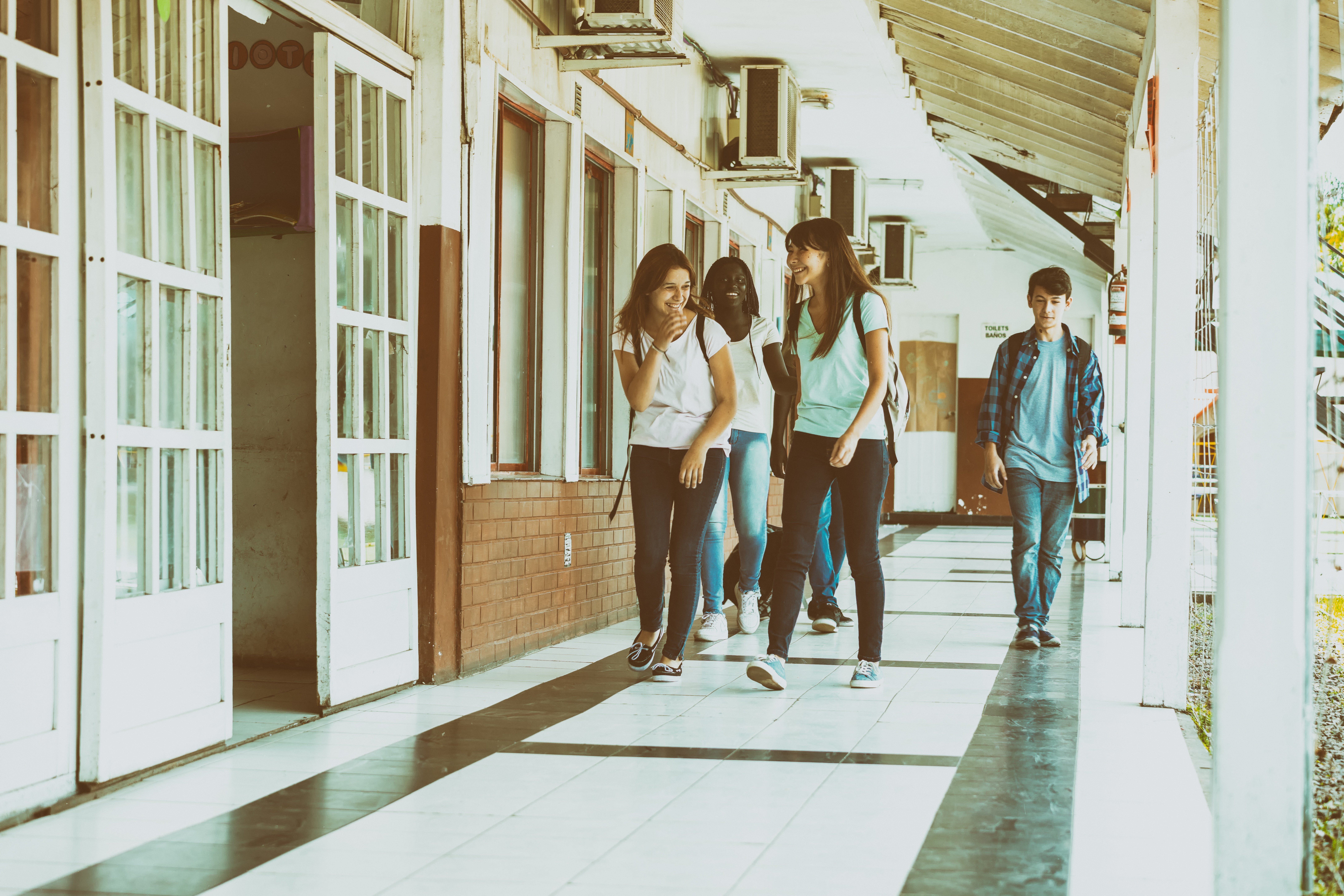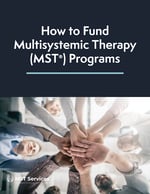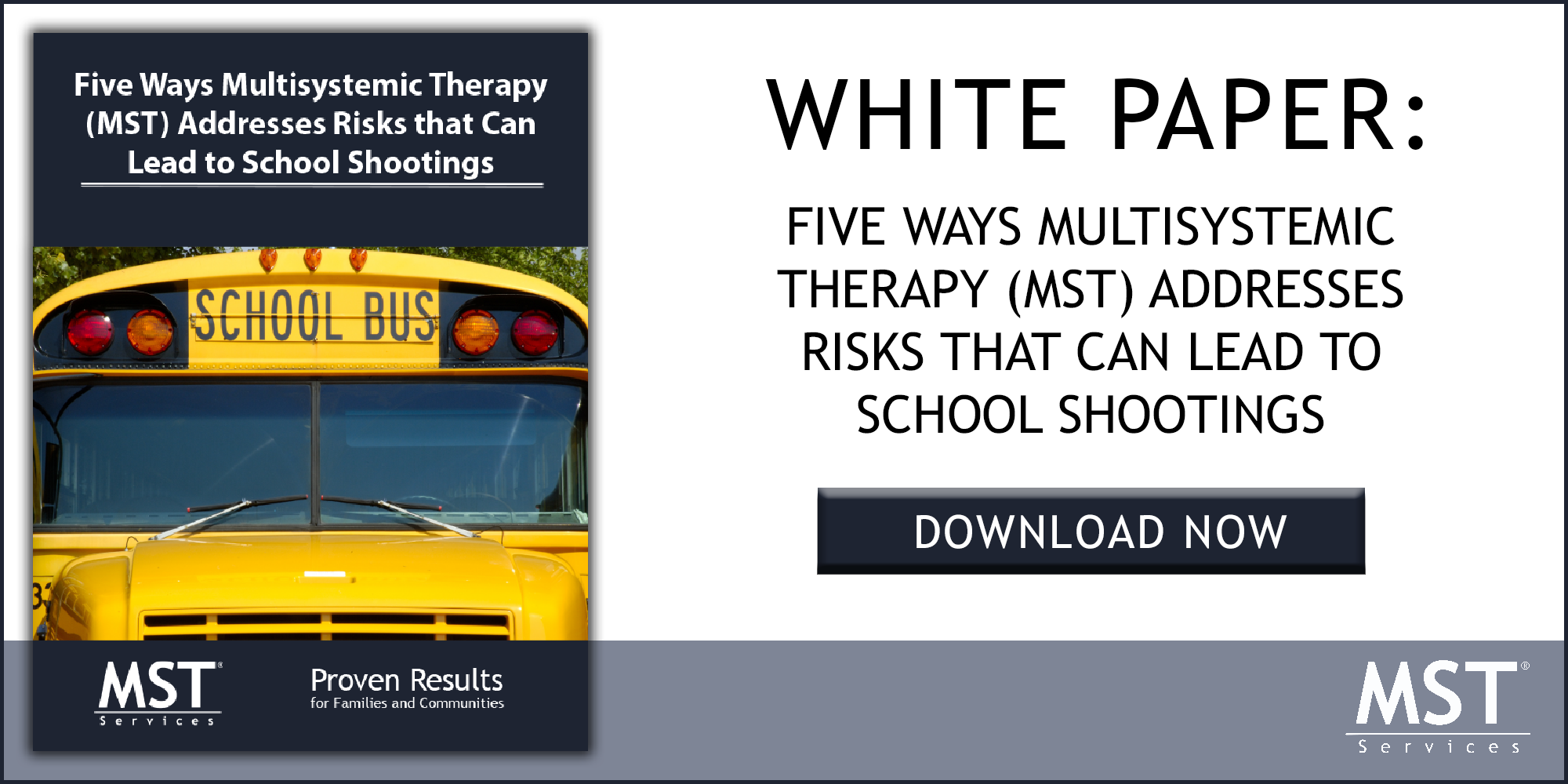Keeping School Safety a Priority
School districts and police have responded in a variety of ways to the threat of violence. Some schools have elected to randomly search students’ backpacks and lockers, others use metal detectors at every door, and many more employ an SRO (School Resource Officer).

Other studies have demonstrated disadvantages to SRO presence in educational spaces. According to law professor and researcher Jason Nance, giving administrators and teachers the power to refer misbehaving students to police can increase the number of juvenile arrests in schools and communities4. Youth who enter the juvenile justice system, whether after an arrest in school or otherwise, are much more likely5 than their peers to drop out of high school; some researchers wonder whether having officers make arrests in school decreases the educational attainment of a community. Even if SROs do
Student Mental Health
Each year, roughly 15 million youth across the United States suffer from mental, behavioral or emotional disorders7—and the prevalence appears to be growing. While it is important to consider the mental health of all age groups, it is especially important for our youth—children with mental health problems are much more likely to develop substance abuse problems, become involved in criminal activity, and drop out of school8. Yet research shows that only about half of children and adolescents with these conditions are receiving proper
A large reason behind this alarming statistic is that several families are in poverty or without insurance, and ongoing mental health care is pricey. Even families with insurance will often discover that psychiatric treatment isn’t covered at all. When a family’s own in-home efforts to address their child’s mental health problems prove unsuccessful, and ongoing psychiatric treatment in a private office isn’t affordable, what’s left is a promising alternative: support through schools and communities.
2018 has seen a rise in activism from educators—such as walk-outs, protests, and marches—addressing issues that remain in the education field: school closures, lack of resources, understaffed campuses and underpaid teachers, to name a few. Along with these current stressors, mental health support in schools is lacking. Teachers—some working in these understaffed schools—are primarily dedicated to academic success and classroom management and typically do not receive much training regarding mental health. This lack of training is tough to bear, considering that teachers are oftentimes the first person a student turns to in times of distress. And while the staff who are trained, such as counselors and school psychologists, have the knowledge to address students’ needs, they are very limited with time and resources. In fact, although The National Association of School Psychologists (NASP) recommend a ratio of no more than 700 students per school psychologist, the ratio across American schools in 2014–15 was estimated to be nearly twice that.9
Young people spend more time interacting at school than at home, and they can receive support from teachers, counselors, coaches, and other school staff. Which means that school can be an excellent outlet for students needing mental health support—if there are solutions to the above-mentioned barriers. So how can schools overcome such obstacles? One way is to implement community-based programs, such as Multisystemic Therapy (MST). MST therapists work within the homes and communities of our youth, as well as their schools. School staff
It is imperative that schools develop working relationships with community-based programs and other local organizations so that the number of youth struggling with untreated disorders does not continue to rise. When the mental health needs of students are addressed, a school’s safety improves overall: healthier minds lead to better choices, which in turn can prevent violent incidents from occurring. And The National Association of School Psychologists agree—"Partnerships between schools and community mental/behavioral health professionals offer students and families an extended network of services that are easily accessible. When programs are able to identify and address student mental and behavioral challenges early, students are more likely to gain resiliency skills and be successful in school and life while the threat of later harm is reduced.”
Risks That Lead to School Shootings

Though no single factor leads to a school shooting, unaddressed mental health issues, isolation, high levels of youth violence, trauma and access to weaponry can create an environment that increases the chance of this tragedy occurring. Being aware of these various risk factors and addressing them with intervention programs that provide juvenile therapy is an important step to enhancing safety within schools and communities.
How Can We Stop School Shootings?
Funding Community, Home, and School-based Programs
The MST approach to putting juvenile offenders on the right path has been shown to be extremely effective in terms of its success rate, decrease in crime and keeping down costs. The question becomes how can communities and organizations pay for MST programs? Here are four steps that should be considered:
- Assess whether your community needs an MST program.
- Determine what funding is available.
- Set up sustainable funding that will be in place for years.
- Focus on long-term strategies.

Contact Us
Interested in starting an MST program in your area?
Fill out the form below and someone will contact you shortly.
Sources:
1 National Association of School Resource Officers
2 National Center for Education Statistics
3 Carleton University
4 Jason Nance, University of Florida Levin College of Law
5 National Library of Medicine
6 Vanderbilt University
7 American Institutes for Research
8 Kevin Mahnken, The 74
9 The National Association of School Psychologists
10 The Heritage Foundation
11 Office of Juvenile Justice and Delinquency Prevention
12 Pediatric Academic Societies
13 Children's Hospital of Philadelphia
14 The Crime Report
15 CNN

